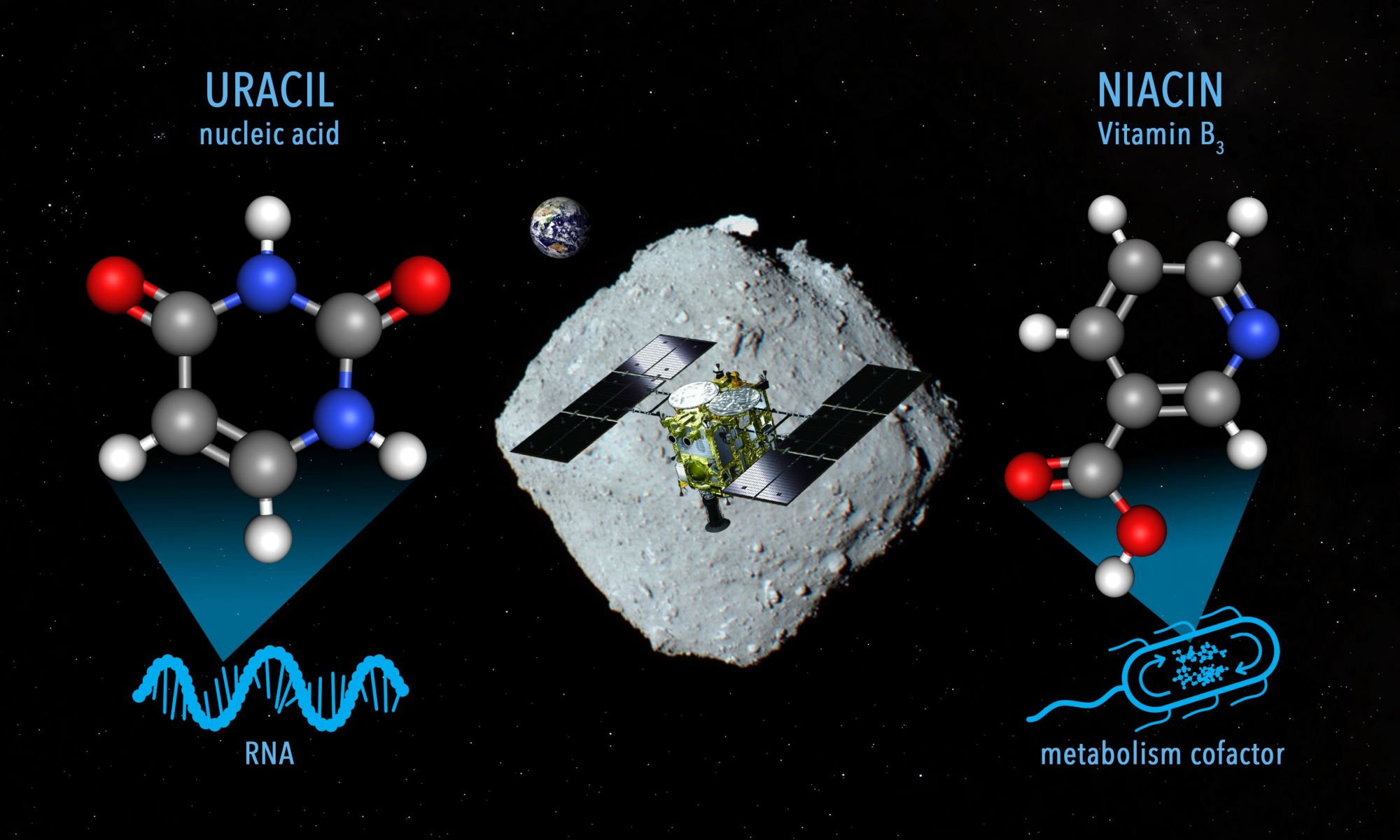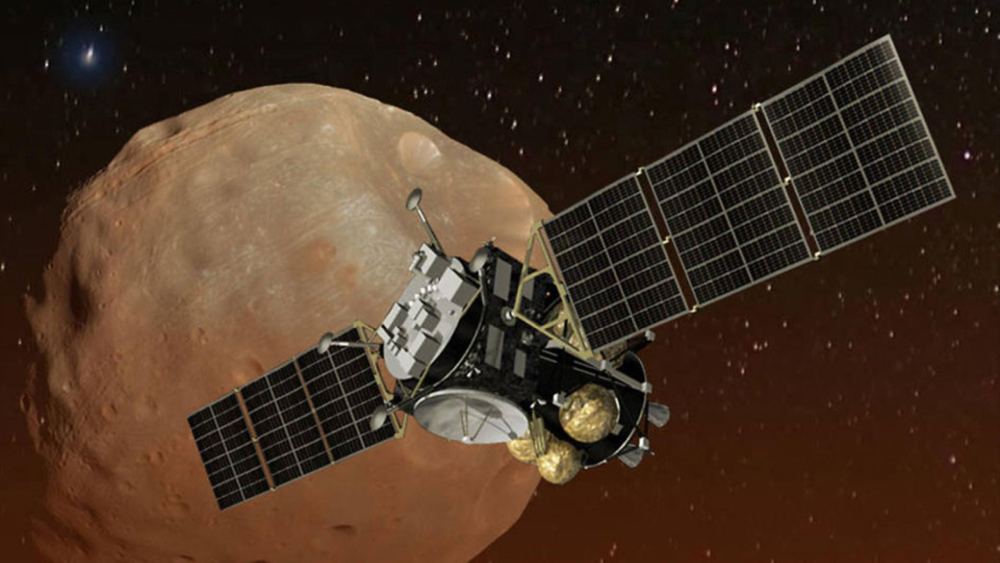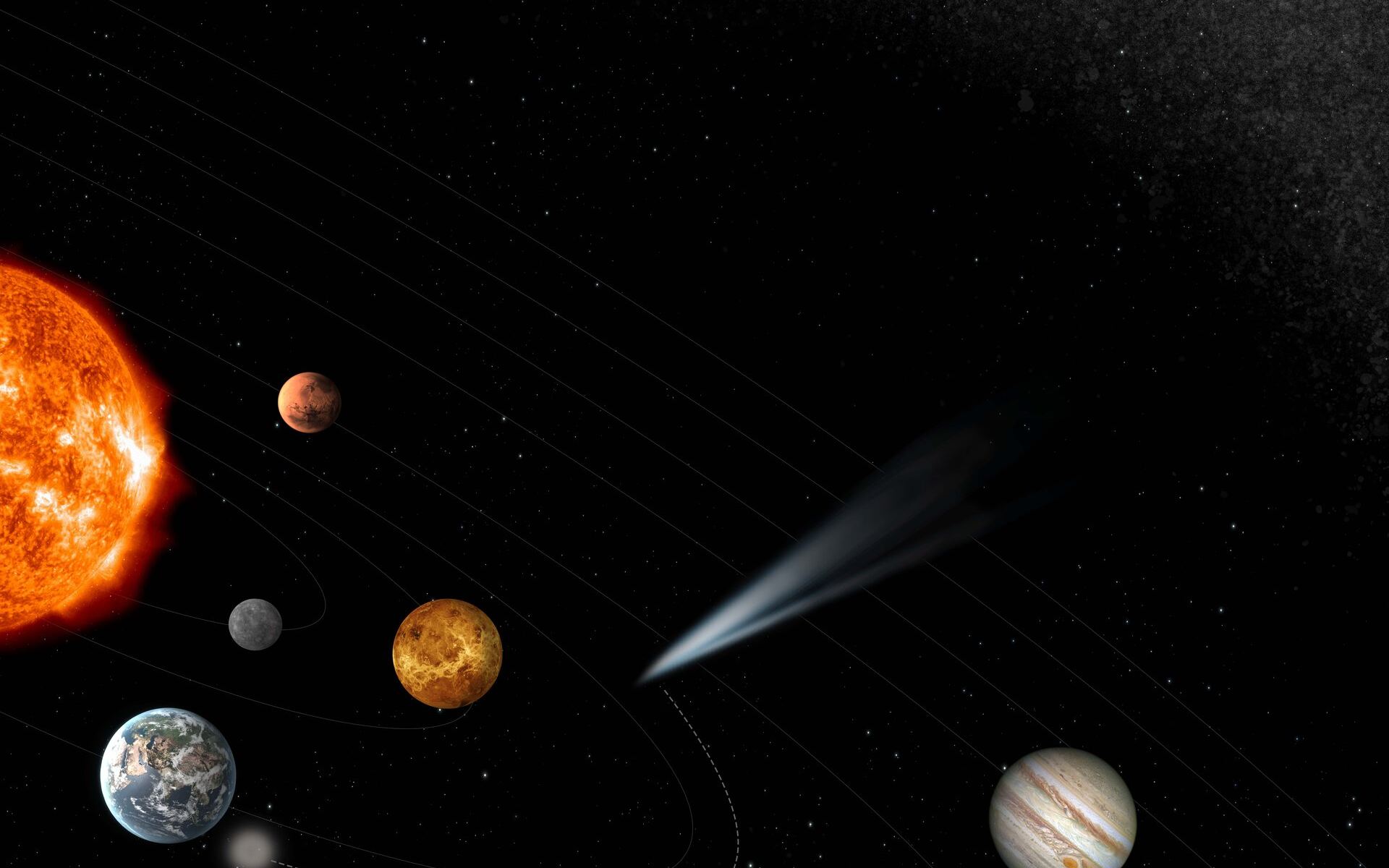In December 2020, JAXA’s Hayabusa2 spacecraft delivered a pristine sample of otherworldly dust and rock from asteroid Ryugu to Earth. Scientists have since had the opportunity to study the sample, and announced last week that the asteroid contains organic molecules important for life. In particular, they discovered Niacin, otherwise known as vitamin B3, and Uracil, one of the four core components of ribonucleic acid (RNA).
Continue reading “Asteroid Ryugu Contains Niacin (aka Vitamin B3)”JAXA’s Ambitious Mission to Phobos Will Even Have European-Built Rover
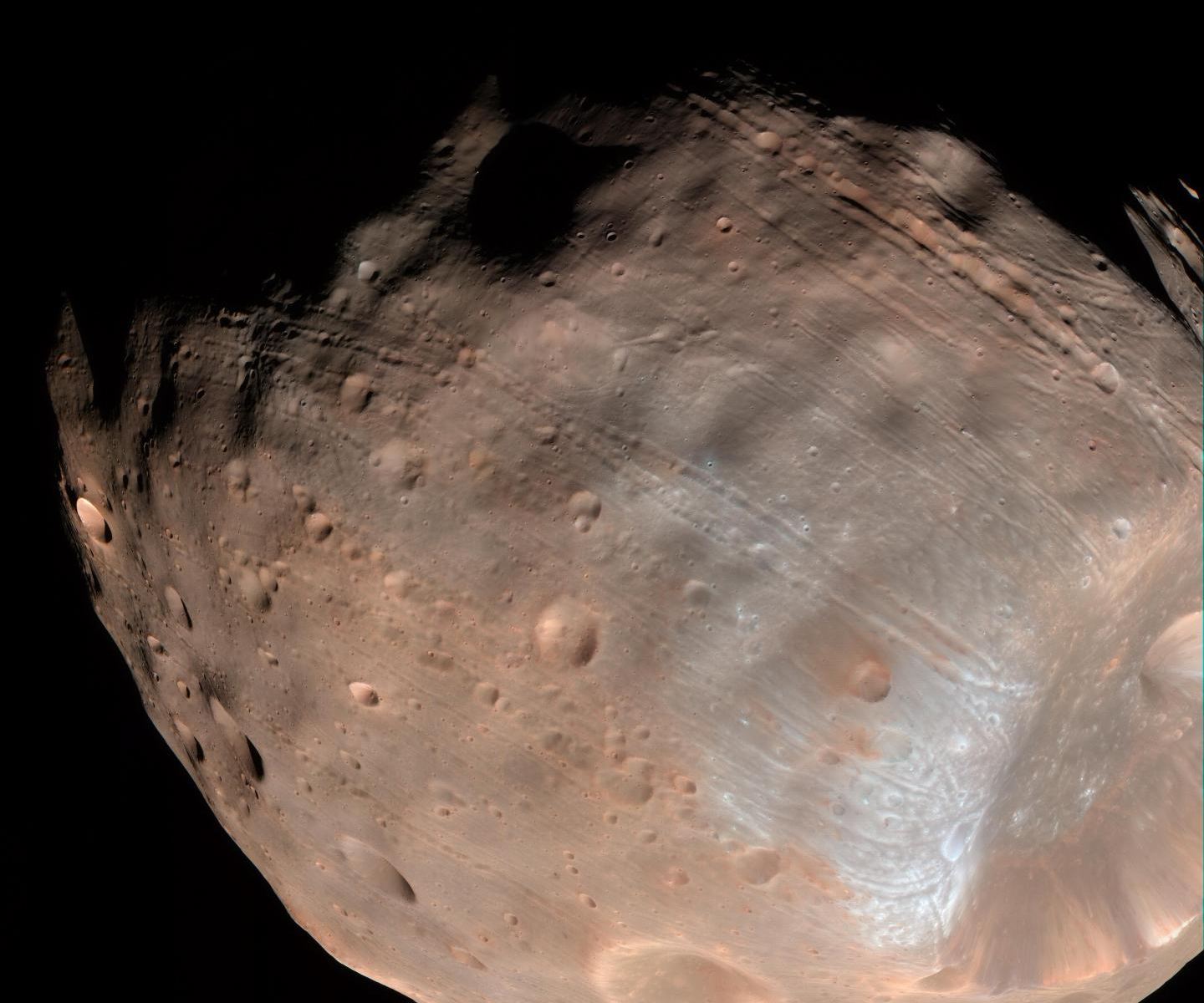
Japan and Germany have a history of collaboration in scientific and technological endeavours. The countries have a Joint Committee on Cooperation in Science Technology that has met many times over the decades. Both countries have advanced, powerful economies and sophisticated technological know-how, so it makes sense they’d collaborate on scientific activities.
This time, their cooperation concerns a small, potato-shaped chunk of rock: Mars’ moon Phobos.
Continue reading “JAXA’s Ambitious Mission to Phobos Will Even Have European-Built Rover”Were Phobos and Deimos Once a Single Martian Moon That Split up? Not Likely, says New Study

The origin of Phobos and Deimos, the two Martian moons, has been a mystery to astronomers. These two bodies are a fraction of the size and mass of the Moon, measuring just 22.7 km (14 mi) and 12.6 km (7.83 mi) in diameter. Both have a rapid orbital period, taking just 7 hours, 39 minutes, and 12 seconds (Phobos) and 30 hours, 18 minutes, and 43 seconds (Deimos) to complete an orbit around Mars. Both are also irregular in shape, leading many to speculate that they were once asteroids that got kicked out of the Main Belt and were captured by Mars’ gravity.
There’s also the theory that Phobos and Deimos were once a single moon hit by a massive object, causing it to split up (aka. the “splitting hypothesis”). In a recent paper, an international team of scientists led by the Institute of Space and Astronautical Science (ISAS) revisited this hypothesis. They determined that a single moon in a synchronous orbit would not have produced two satellites as we see there today. Instead, they argue, the two moons would have collided before long, producing a debris ring that would have created an entirely new moon system.
Continue reading “Were Phobos and Deimos Once a Single Martian Moon That Split up? Not Likely, says New Study”Samples of Asteroid Ryugu Contain More Than 20 Amino Acids
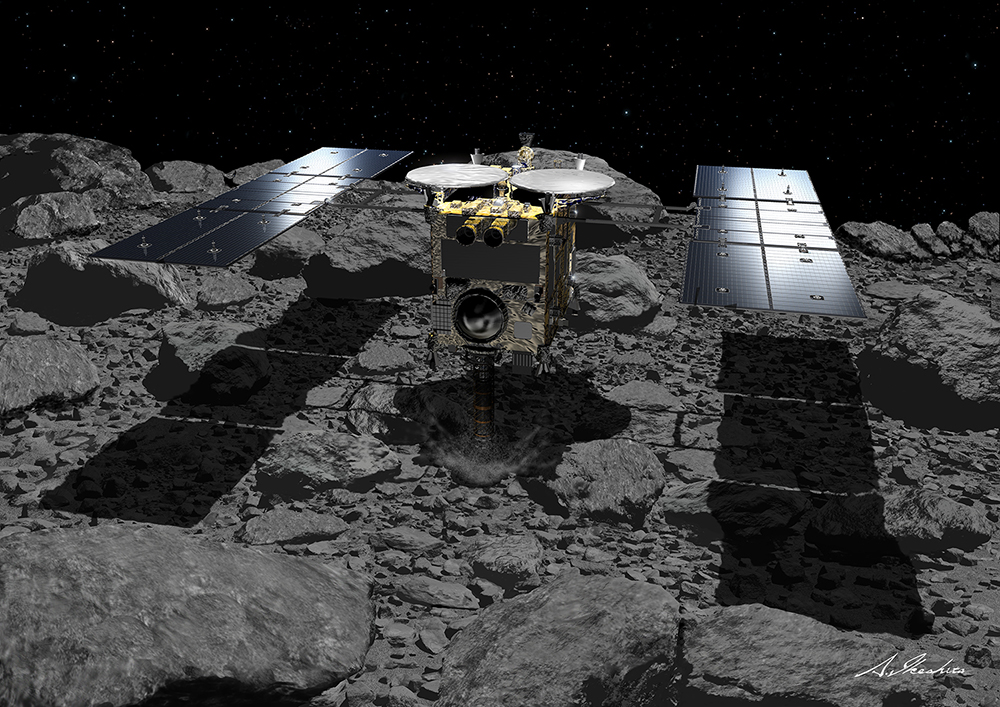
In 2014, the Japan Aerospace Exploration Agency (JAXA) dispatched its Hayabusa2 spacecraft to rendezvous with 162173 Ryugu, a Near-Earth Asteroid (NEA) that periodically passes close to Earth. In 2018, this sample-return mission reached Ryugu and spent the next year and a half studying its surface and obtaining samples from its surface and subsurface. By 2020, these samples made it back to Earth, where scientists began analyzing them in the hopes of learning more about the early history of the Solar System and answering key questions about the origins of life.
Earlier this year, the first results of the analysis showed that Ryugu is (as expected) rich in carbon, organic molecules, and volatiles (like water) and hinted at the possibility that it was once a comet. Based on a more recent analysis, eight teams of Japanese researchers (including one from JAXA) recently announced that Ryugu carries strains of no less than 20 different amino acids -the building blocks of DNA and life itself! These findings could provide new insight into how life is distributed throughout the cosmos and could mean that it is more common than previously thought.
Continue reading “Samples of Asteroid Ryugu Contain More Than 20 Amino Acids”Japan’s Upcoming Mission Will Use a Vacuum to Get its Sample From Phobos
JAXA, the Japanese Aerospace Exploration Agency, is carving out a niche for itself in sample-return missions. Their Hayabusa mission was the first mission to sample an asteroid when it brought dust from the asteroid Itokawa to Earth in 2010. Then its successor, Hayabusa 2, brought back a sample from asteroid Ryugu in 2020.
Now JAXA has the Martian moon Phobos in its sights and will send a spacecraft to sample it as soon as 2024. The mission is called Martian Moons eXploration (MMX), and it’ll use a pneumatic vacuum device to collect its samples.
Continue reading “Japan’s Upcoming Mission Will Use a Vacuum to Get its Sample From Phobos”ESA Gives Green Light on its Comet Interceptor Mission
Comets, with their long, beautiful, bright tails of ice, are some of the most spectacular sightings in the night sky. This was most apparent when Comet NEOWISE passed by Earth in the summer of 2020, dazzling viewers from all over the planet while being mainly visible in the northern hemisphere. Even though the sky might look the same night after night, comets are a humble reminder that the universe is a very active and beautiful place.
Continue reading “ESA Gives Green Light on its Comet Interceptor Mission”Asteroid Ryugu Might Actually Be a Dead Comet

In 2014, the Japanese Space Agency JAXA launched the Hayabusa 2 spacecraft to visit asteroid Ryugu. It arrived at the asteroid in June 2018 and studied it from orbit for over a year. Hayabusa 2 even dispatched four rovers to the asteroid’s surface. After departing, it flew past Earth in December 2020, dropping off a sample of Ryugu.
Of all the scientific results from that impressive mission, the most interesting one might be this: Asteroid Ryugu might not be an asteroid. It might be the remnant of a comet.
Continue reading “Asteroid Ryugu Might Actually Be a Dead Comet”BepiColombo Meets Mercury for the First Time on October 1

BepiColombo made a quick visit to Venus in August and is on to its next rendezvous. On October 1st it’ll perform a flyby of Mercury, the spacecraft’s eventual destination. This visit is just a little flirtation—one of six—ahead of its eventual orbital link-up with Mercury in late 2025.
The quick visit will yield some scientific results, though, and they’ll be just a taste of what’s ahead in BepiColumbo’s one-year mission to Mercury.
Continue reading “BepiColombo Meets Mercury for the First Time on October 1”Japan’s Mission to Phobos Will Also Bring a Sample Home by 2029
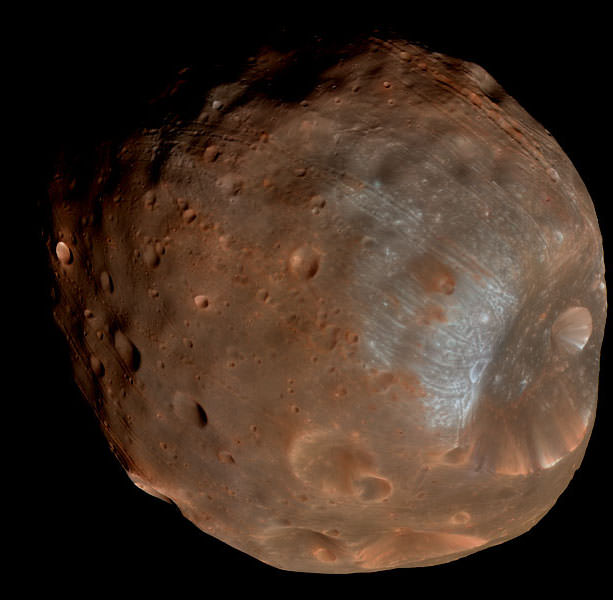
Japan’s space agency (JAXA) is gearing up for its Martian Moons eXploration (MMX) mission, with plans to have a sample from Mars’ moon Phobos return to Earth by 2029. Mission scientists say they hope to find clues to the origins of Mars two moons, as well as Mars itself, and possibly even traces of past life.
“We think that the Martian moon, Phobos, is loaded with material lifted from Mars during meteorite impacts,” the MMX team said on Twitter. “By collecting this Phobos sample, MMX will help investigate traces of Martian life and the new era of Martian habitability exploration in the 2020s will begin.”
Continue reading “Japan’s Mission to Phobos Will Also Bring a Sample Home by 2029”The First Images and Videos from the Double Venus Flyby
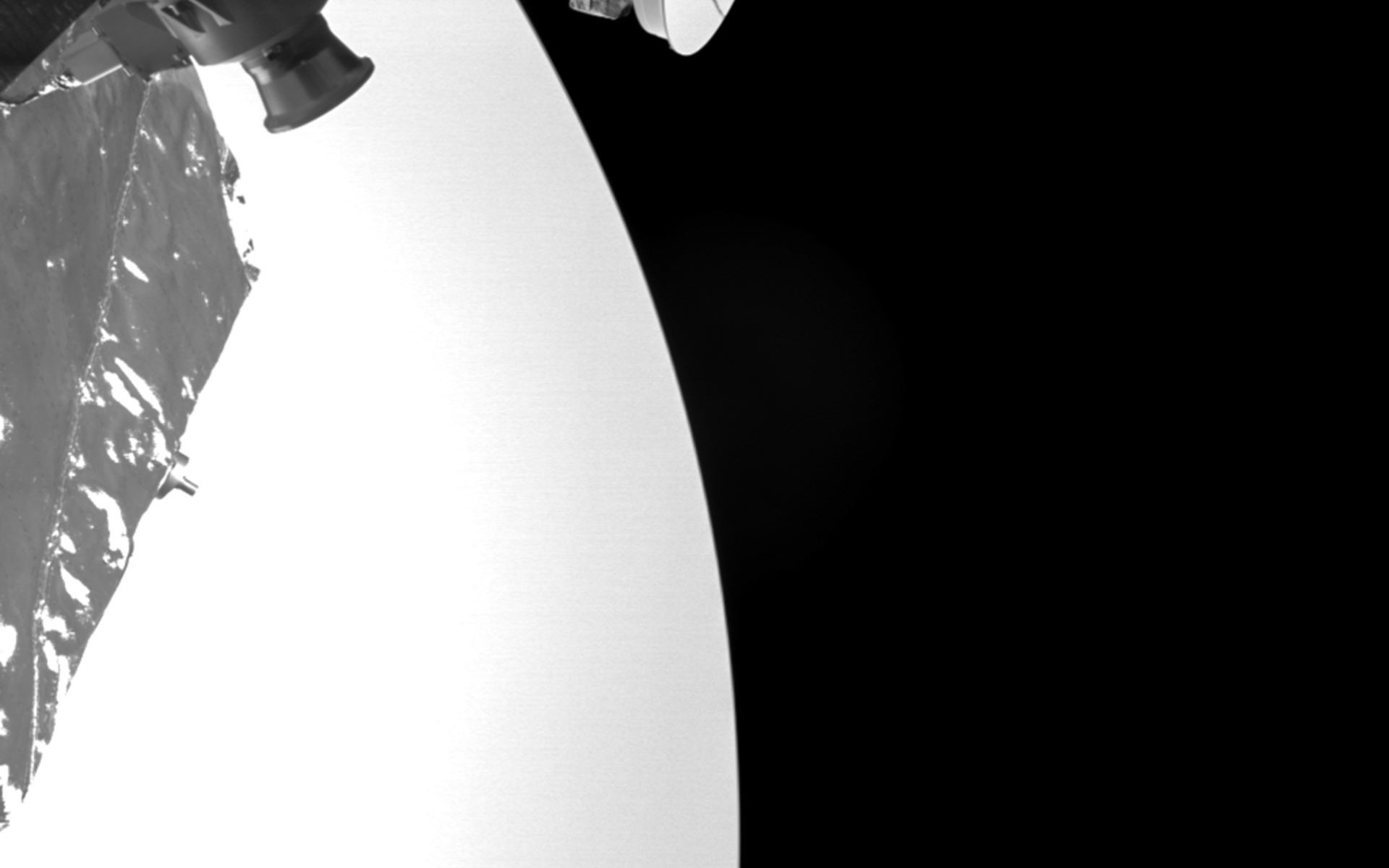
Two spacecraft made historic flybys of Venus last week, and both sent back sci-fi-type views of the mysterious, cloud-shrouded planet.
The Solar Orbiter and BepiColombo spacecraft both used Venus for gravity assists within 33 hours of each other, capturing unique imagery and data during their encounters.
Continue reading “The First Images and Videos from the Double Venus Flyby”
